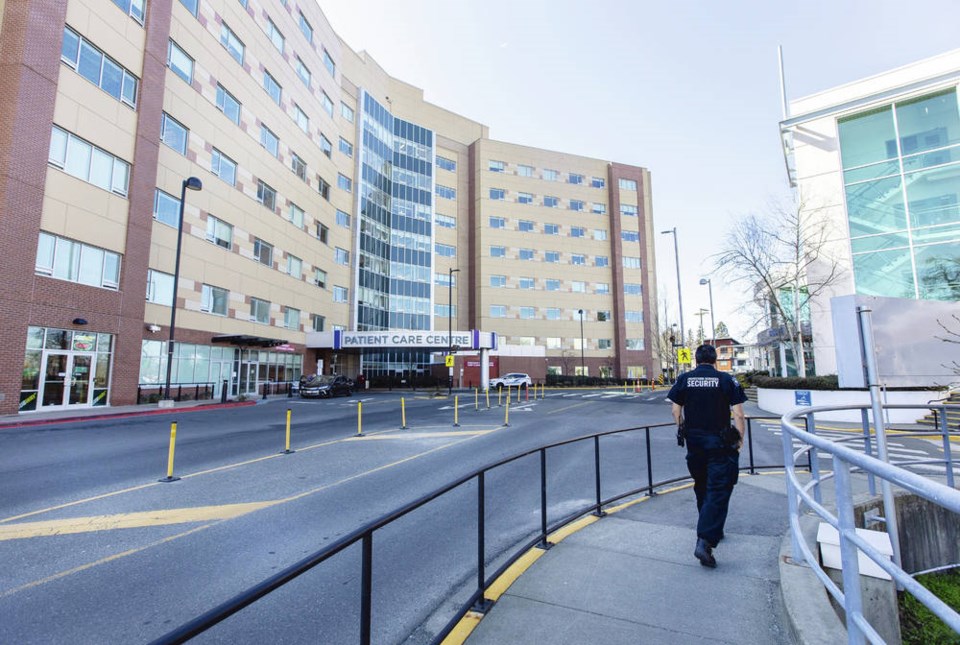Greater Victoria’s unemployment rate dipped to 6.3 per cent last month, as B.C.’s pandemic recovery placed it in a favourable third place among provinces with the lowest rates.
The capital region’s unemployment rate — which had reached 11.1 per cent in July — has now dropped for four months in a row. It was 7.6 per cent in October.
B.C.’s rate is 7.1 per cent while the national rate was 8.5 per in November (down from 8.9 in October) after 62,000 mainly full-time jobs were added since the previous month, Statistics Canada said Friday in its monthly labour force survey.
Certain sectors saw year-over-year job gains in the capital region.
Greater Victoria jobs in the health-care and social-services sector climbed to 32,400 in November from 24,600 the same month a year ago.
The growing professional, scientific and technical services category saw numbers rise year-over-year to 21,900 from 17,200.
And manufacturing jobs rose to 7,200 from 5,000 a year ago.
Some sectors continue to struggle, particularly those connected to the capital region’s critical tourism industry.
Greater Victoria jobs in accommodation and food services declined to 9,500 last month from 16,400 a year ago.
Information, culture and recreation, which includes museums and sports-oriented facilities, decreased to 5,700 from 10,100 the previous November.
However, province-wide, a total of 23,900 jobs were added in November from October.
Ravi Kahlon, Minister of Jobs, Economy Recovery and Innovation, said since the pandemic’s most severe impact on the economy in April, B.C. has had substantial job growth for seven consecutive months, bringing total employment to 98.5 per cent of pre-pandemic levels. “This is the highest job recovery rate of any of Canada’s four largest provinces.”
Even so, businesses are still struggling and it will be many months before vaccines are available to everyone in the province, he said in a statement.
“Until then, we are focused on building a foundation of recovery that works for everyone in this province.”
Ken Peacock, chief economist and vice president of the Business Council of B.C., told the Times Colonist that even though the survey was carried out Nov. 8-14, prior to the latest B.C. restrictions being announced, the unemployment numbers will be “pretty close” to the actual figure. More recent public-health orders are more oriented to household gatherings and amateur sporting activities, he said.
On the positive side, job numbers in B.C. have been fairly healthy in public administration, health care, manufacturing and the resource sector, especially oil and gas, and in agriculture, he said.
The professional, scientific and technical services sector, which includes computer services and technology, plus lawyers, accountants and professional services have seen jobs numbers rise.
Even so, “There is clearly still pain in many industries. Tourism is the most obvious.”
A couple of months into the pandemic crisis, B.C. was down 400,000 jobs from pre-pandemic levels. “Right now, we are only down 40,000 jobs in the province,” Peacock said. “That’s ahead of anything I would have expected four or five months ago.”
Nationally, full-time work rose in November by about 99,000 positions, offset by a decline in part-time work of 37,000.
Overall, the pace of job gains has slowed, with employment rising by 0.3 per cent in November compared to an average of 2.7 per cent per month between May and September.
The unemployment rate would have been 10.9 per cent in November, Statistics Canada said, had it included in calculations Canadians who wanted to work last month but didn’t search for a job.
“As a result, it’s likely that COVID will catch up with the Canadian economy in the December data, with a decline expected in both employment and overall economic activity,” CIBC senior economist Royce Mendes wrote in a note.
The gains left the country 574,000 jobs short of recouping the approximately three million jobs lost from lockdowns in March and April that sent the unemployment rate skyrocketing to 13.7 per cent in May.
James Marple, senior economist with TD Economics, said that that although the labour market recovery continued, the second wave of the virus slowed the place of recovery.
“Unfortunately, the labour market picture appears likely to deteriorate further in December,” he said.
“The rapid increase in caseloads has continued, and while provinces such as B.C. and Alberta have taken a softer touch to restrictions on high-touch industries, health concerns are likely to weaken activity in these provinces as well.”
Government fiscal supports will help ease the burden for workers and employers, he said.
“But this winter won’t be easy. The make-up of Canada’s labour market is likely to look different coming out of this pandemic than it did going in.”
cjwilson@timescolonist.com
— With files from The Canadian Press



